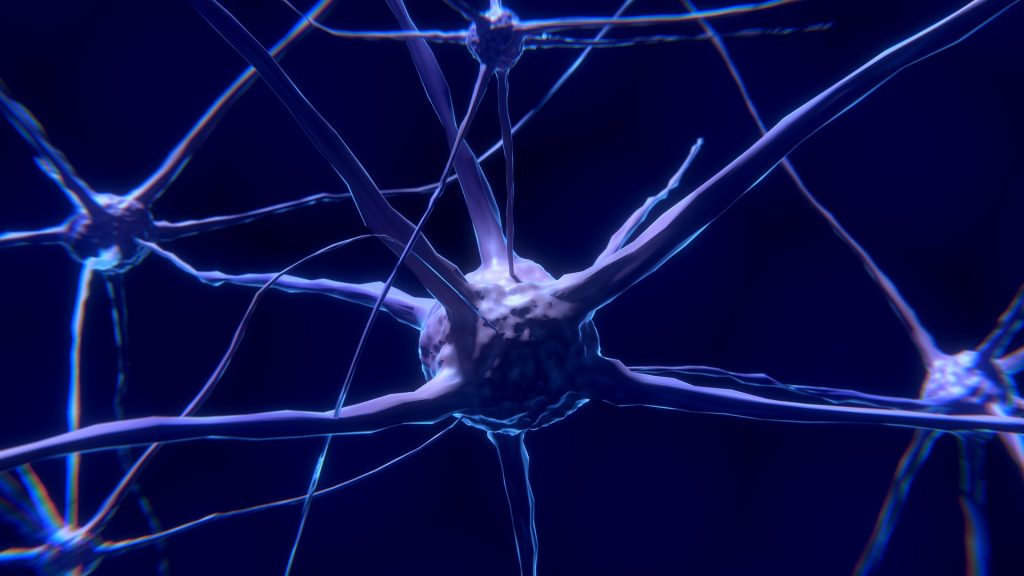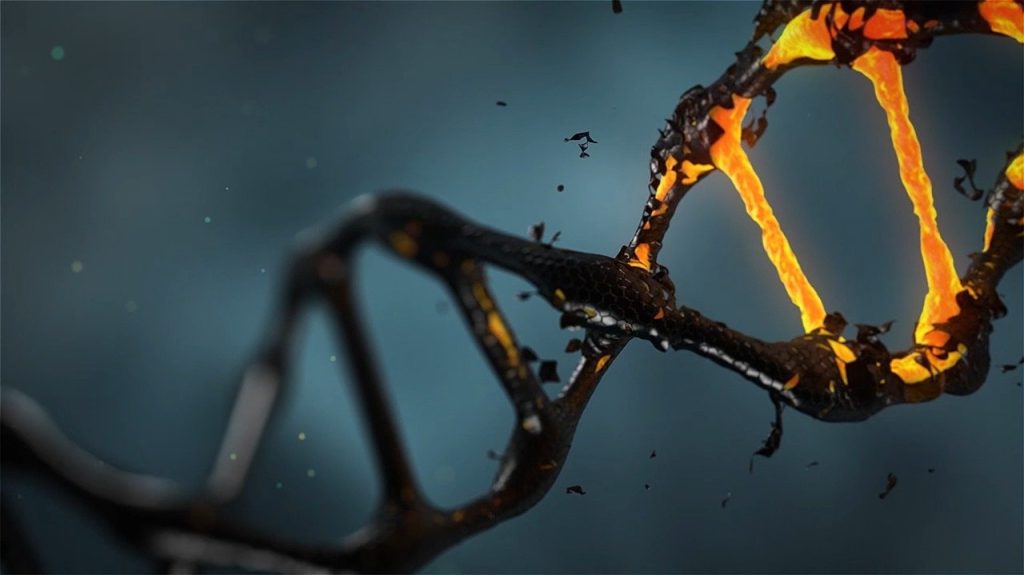SA Medical Insurance Schemes in the Crosshairs

The Health Professions Council (HPCSA) said that South Africa’s new National Health Insurance (NHI) should be the sole funding mechanism for health in South Africa.
Addressing parliament on Tuesday, the president of HPCSA, Professor Simon Nemutandani, said that while the organisation accepts that the existence of private medical aid schemes in South Africa can continue, they should funded separately — over and above tax paid for the NHI.
The NHI itself should be funded through taxes paid by all employed South Africans, he said.
“For the NHI to succeed, health must be an exclusive national competence – and any sections of the Constitution that militate against this view must be amended,” the HPCSA stated.
“The Medical Schemes Act must also be amended to ensure alignment with the NHI. NHI should be about funding and contracting, while service provision is left to other entities — public and private.”
Prof Nemutandani said that the NHI Bill should repeal the Medical Schemes Act in its entirety, as the nationalised, centralised health funding system would have no place for it.
For those seeking additional insurance for health cover, they could apply for it under the Insurance Act. Medical schemes should also offer only complementary coverage for services that would not be covered by the NHI, he said.
Additionally, the current reserves of medical schemes — some R90 billion — and all other assets under their control should be transferred to the NHI, said Prof Nemutandani.
“It should be clear that the (NHI) replaces all funding mechanisms for health,” Prof Nemutandani said. “It must also be clear that the NHI is taking over from the medical schemes, and that all assets under the control of the medical schemes must be taken by over the NHI.”
Problematic aspects
The Board of Health Care Funders (BHF) said in its submission that current medical cover providers should be allowed to continue as insurance products. They also pointed out that a number of the Bill’s aspects are problematic, including a provision in the Bill transferring powers and duties of provinces to national government.
The BHF also expected there would be challenges from healthcare service providers and from members of the public over restrictions of their choices. Duplication of services and waste was another concern.
The NHI Bill was presented to and approved by cabinet in July 2019, and has been presented to parliament’s health portfolio committee.
Since then, it has been through an extensive public consultation process through committee roadshows and is scheduled for further parliamentary debates before being presented to the president for promulgation.
However, the Council for Medical Schemes has acknowledged that South Africa’s current financial situation and the impact of the COVID lockdown will make the rollout of the new NHI more difficult.
Source: BusinessTech
More information: Summary of all submissions (PDF)






